How to use photoluminescent and photochromic compounds in dyes?
Photochromism and photochromic compounds In 1867, Fritsche discovered that yellow tetracene faded under the influence of light in air and regenerated upon heating. In 1876,
Home > Powdered Pigments
Powdered pigment is pigment particles made of natural or synthetic raw materials with fine and uniform granularity, which can play the role of coloring, dyeing, anticorrosion and so on in various materials such as soaps, paints, lacquers, plastics, cosmetics and so on. There are many kinds of pigment powder materials.
Kingchroma pigment powder series are complete, there are chameleon pigment powder, pearlescent pigment powder, mica pigment powder, temperature change pigment powder, light change pigment powder, luminescent pigment powder, titanium pigment powder, reflective pigment powder, holographic pigment powder and so on, which can satisfy the customer’s project coloring needs.
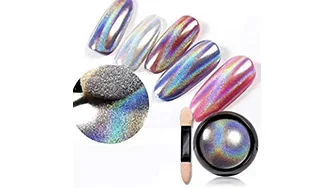
pigment powder for nails
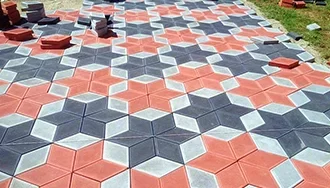
concrete pigment powder
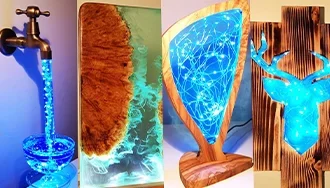
epoxy resin pigment powder
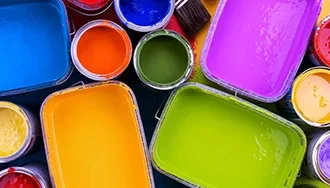
paint pigment powder
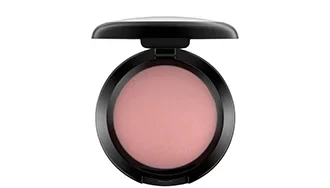
makeup pigment powder
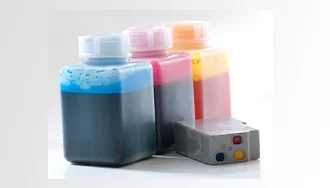
pigment powder for Inks
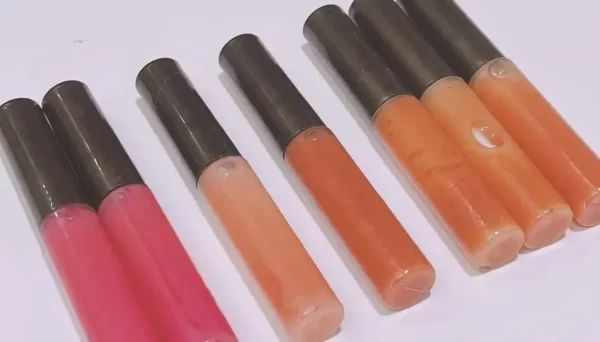
lip gloss pigment powder
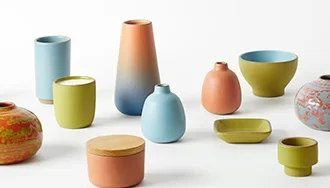
ceramic pigment powder
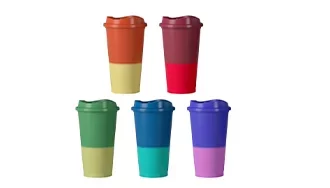
plastic pigment powder
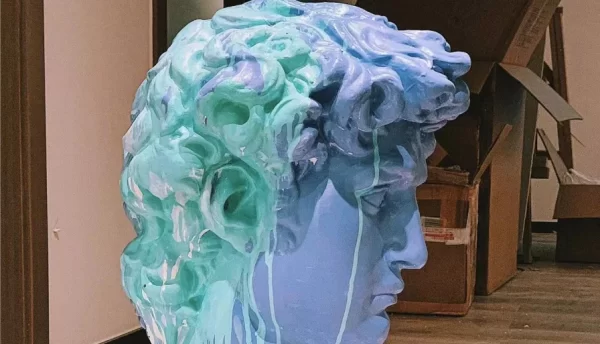
plaster pigment powder

soap pigment powder
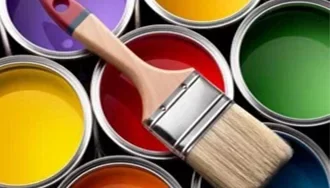
tie dye pigment powder

candle pigment powder

automotive color shift pigment powder

pastel pigment powder
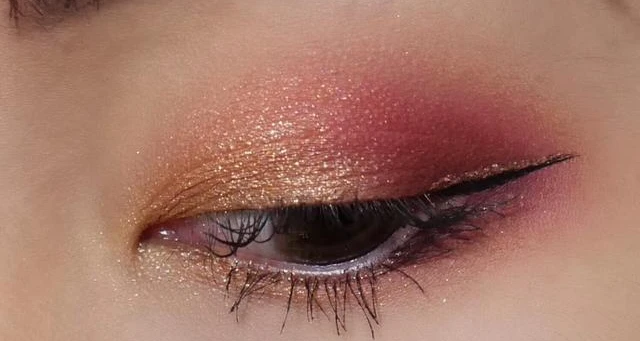
eyeshadow pigment powder
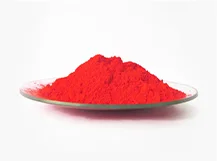
red pigment powder
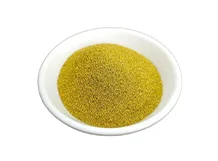
gold pigment powder

blue pigment powder
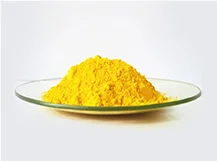
Yellow Color Powder

black pigment powder
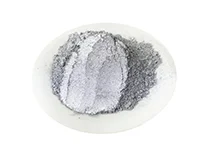
silver pigment powder
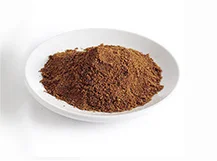
earth pigment powder
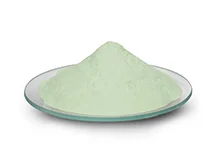
white pigment powder
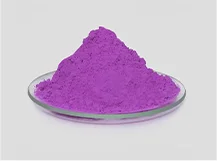
Purple Color Powder
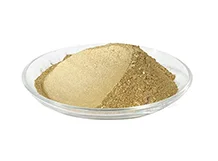
Bronze Color Powder
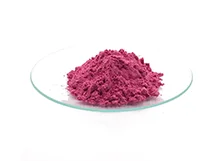
Rose Color Powder
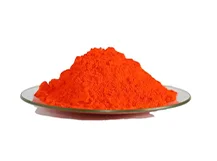
Orange Color Powder
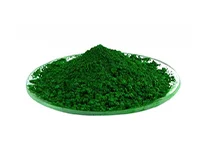
Green Color Powder
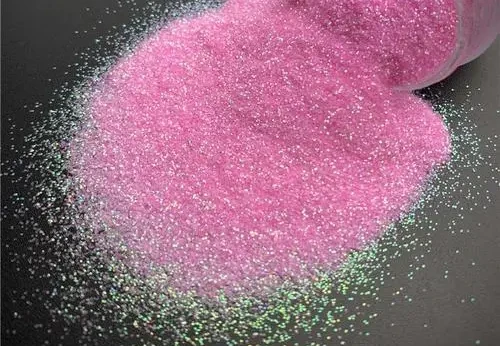
neon pigment powder
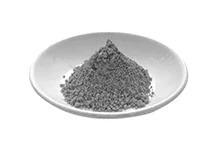
Grey Color Podwer
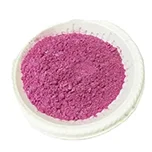
pink pigment powder
Pigment powders, also known as color powders or powder pigments, are ground-up colorants. They are usually used to color paints and plastic products, with little impact on the properties of substrates. Pigment powders are divided into inorganic pigment powders, organic pigment powders, and composite pigment powders. Among them, inorganic pigment powders are different from organic ones in terms of properties and applications. The former is weather-proof, heat-resisting, and solvent-resistant with strong covering power, while the latter features a wide range of colors and vivid, bold luster, strong resistance to light and weather fastness, but poor solvent fastness.
It takes pigments, water, stabilizers, and other additives to make pigment powders. The quality and color of pigments you pick will decide the quality and properties of pigment powders, so high-quality pigments count.
Grinding is critical in pigment powder production. First, mix the pigment with other raw materials in a grinder to produce fine, uniform powders.
Blend the raw materials well manually or mechanically for uniform texture and quality. Mechanical mixing is preferred for its better performance.
This step aims to remove impurities and coarse particles with screens at different precision levels to ensure desirable quality and performance of pigment powder.
I. Hazards of powdered pigment
Pigment powders might be hazardous due to the harmful substances they contain. For instance, some powdered pigments containing heavy metals and toxic substances might cause poisoning if inhaled or contacted, causing damage to human organs. Untreated powdered pigment may harm the human body, especially the respiratory system.
II. How to keep yourself safe from the possible hazards of powdered pigment?
1. Personal protective equipment: Wear the right personal protective equipment such as masks, gloves, and goggles during the production and use of powdered pigment to avoid direct exposure to powdered pigment.
2. Storage: Store powdered pigments in dry and cool places. Never keep them in fragile, flammable, or explosive containers.
3. Ventilation: Use powdered pigments in well-ventilated places. Clean up the work site in time to ensure safety.
4. Instructions: Use powdered pigments carefully as instructed. Stay alert especially when mixing and processing the powders.
powdered pigments with a complex composition may contain harmful substances, so redouble your safety measures in use. Learn about the hazards of powdered pigments and take safety measures to reduce hazards in use.
Consider the following factors when seeking the right powdered pigment for specific products in a particular business: product type, environment, color stability, and costs. Here are some suggestions:
1. Product type: It might take some specific powdered pigments to color some products. For example, plastics, coatings, inks, and cosmetics should be colored differently. Pick the right powdered pigments for your products and purposes.
2. Environment: The durability and stability of pigments are crucial for the products used in particular environments, such as outdoors, high temperature, or high humidity. Select the pigments with high fastness to light, heat, and weather.
3. Environmental protection and safety: Make sure the powdered pigments comply with relevant industry regulations and standards on components and safety in case of special industry requirements, such as exposure to food, food packages, and cosmetic products.
4. Color stability: Color of products should be stable. Pigments that are neither prone to fading nor affected by other factors are preferred to maintain a durable product appearance. Organic pigments have more vivid colors while inorganic ones have higher stability.
5. Costs: Weigh up the costs of pigment against the total costs of products. Trade-offs between the coloring, performance, and costs might be inevitable.
6. Pigment test: Before mass production, small-scale pigment testing is preferred to ensure that pigments have expected coloring without negative impact on the other properties of products.
7. Consulting: You are welcome to consult KingChroma customer service staff if you don’t know which pigment is right for you. Our trained and experienced staff will give you suggestions on the performance and suitability of pigments for your products.
In short, you can only make informed choices about powdered pigments when you fully grasp the needs of your products and considering other factors.
1. Safe and environmentally friendly
Natural pigment powders are extracted from natural materials and do not contain harmful chemical substances, are non-toxic, non-irritating and harmless to the environment and human health. Compared with chemical synthetic pigments, natural pigment powders are more in line with modern consumers’ awareness of environmental protection.
2. Colorful
Natural pigment powders come from a wide range of sources, including plants, animals, minerals and other natural materials. These materials contain rich and colorful natural pigment powders, which can provide a large number of color choices. At the same time, due to the different growing places and seasons of natural pigment powders, the same kinds of pigments also have color differences, thus presenting more natural colors and brilliant luster.
3. Natural Gloss
Natural pigment powders have a natural luster because they are derived from natural materials, without the need to add additional brighteners or whiteners and other chemical ingredients. Natural pigment powders present a very soft color, more in line with people’s aesthetic needs.
4. Light and heat resistant
The pigments in natural pigment powders come from natural materials. Since these materials are naturally secreted from living bodies, the stability of pigments is much higher than that of chemically synthesized pigments. Natural pigment powders not only have good antioxidant and weathering resistance, but also have very good light and heat resistance and are not easy to fade or deteriorate.
1. Food pigment
Natural pigment is often used in the addition of food color such as vegetable protein, dairy products, desserts, candies and so on. It can not only color food, but also increase the taste and nutrition of food.
2. Cultural and Creative Products
In the field of cultural and creative products, natural pigment powders can provide more abundant color choices to meet people’s demand for originality and naturalness. Natural pigment powders are not only commonly used in drawing, writing pens, watercolors and other stationery production, but also provide more natural colors for textile dyeing and handicraft dyeing.
3. Cosmetics
Natural pigment has become the choice of more and more cosmetic brands due to its non-toxic, harmless, safe and environmentally friendly features. It can not only beautify the skin color, but also better assume the role of skin protection, more suitable for baby skin care products and other highly detailed cosmetics field.
Powdered pigments are classified by chemical composition, color, purposes, etc.
(1) Inorganic pigment powders: iron oxide, zinc oxide, etc.
(2) Organic pigment powders: copper phthalocyanine, pyridine red, etc.
(3) Metal pigment powders: aluminum powder, copper powder, etc.
(1) Black: carbon black, etc.
(2) White: titanium dioxide, etc.
(3) Other colors: chrome yellow, cobalt blue, etc.
(1) Paints: phthalocyanine blue, etc.
(2) Plastics: organic pigment powder, etc.
(3) Textile: phthalocyanine green, etc.
(4) Cosmetics: iron oxide, etc.
The dosage of pigment powder varies in paints. Generally, the content of inorganic pigment powder accounts for more than 20% while that of organic pigment powder, 5% to 10%. The dosage should be finetuned according to the circumstances.
Appropriate pigment powders are crucial for the compliance of paints. First, the chemical and physical properties of pigment powders should be considered, such as color, coloring power, dispersion, light fastness, and heat fastness. Second, the compatibility of pigment powder with base materials and other additives should be considered for the stability of paints. Sample testing is recommended to compare the effects of pigment powders at different dosages to determine the best formula.
In short, pigment powders are added to paints depending on applications and requirements. The amount of pigment powder can be adjusted to achieve the paints with excellent properties and colors. In real-world applications, it is recommended to consult professionals or conduct tests for the best formula and solution. Meanwhile, importance should be attached to environmental protection and sustainable development, so environmentally friendly pigment powders and base materials are preferred to reduce the negative impact on the environment and the human body.
New pigment powders and additives should be explored in future research to improve the performance of paints, reduce costs, and cater to more applications. In addition, we should consider the sustainability and recycling of pigment powders to promote green paints. We believe constant innovation and optimization will create better properties and wider applications of pigment powders.
Pigment powders are insoluble in water and other common solvents, so manufacturers and processing units assume major responsibility for the ecological impacts of pigment powders, mainly waste gas and wastewater.
Organic pigment powders may cause dust pollution, with the allowable concentration less than 6 mg/m3 in the air. In the production process, they can be filtered out. Pay attention to the pollution of pigment dust during pigment production, grinding, dispersion, and compounding. Protective equipment should be used if necessary to prevent any potential exposure to pigment dust.
The wastewater discharged in pigment production usually contains carcinogenic substances (such as arylamines and nitrites), which can be removed by filtration, sedimentation, and other approaches. Biological treatment may be conducted when necessary so that the wastewater discharged is not toxic to fish or at least without conclusive evidence of harm.
In addition to heat fastness testing, you can take the following measures to ensure the stability of pigment powders:
Pigment powders are one of the indispensable components of cosmetics. They are applied in BB cream, lipstick, eyeshadow, blush, eyeliner, nail polish, and more others for coloring. Pigments may be customized as needed for more colors.
In short, mica and pigment powders differ in major applications and properties. You can opt for one or the other depending on your circumstances.
Photochromism and photochromic compounds In 1867, Fritsche discovered that yellow tetracene faded under the influence of light in air and regenerated upon heating. In 1876,
Thermal color changing paint, also known as thermo color changing paint, is a kind of new material. It changes colors with the temperature change. Whether
In the world of art, mica powder is often used for epoxy resin art. It’s extremely popular among artists and individual creators at the moment.
We are Ready to Support Your Powdered Pigment Projects
Kingchroma industrial park, Minqing Raod, Longhua Street, Longhua District, Shenzhen City, Guangdong Province, China